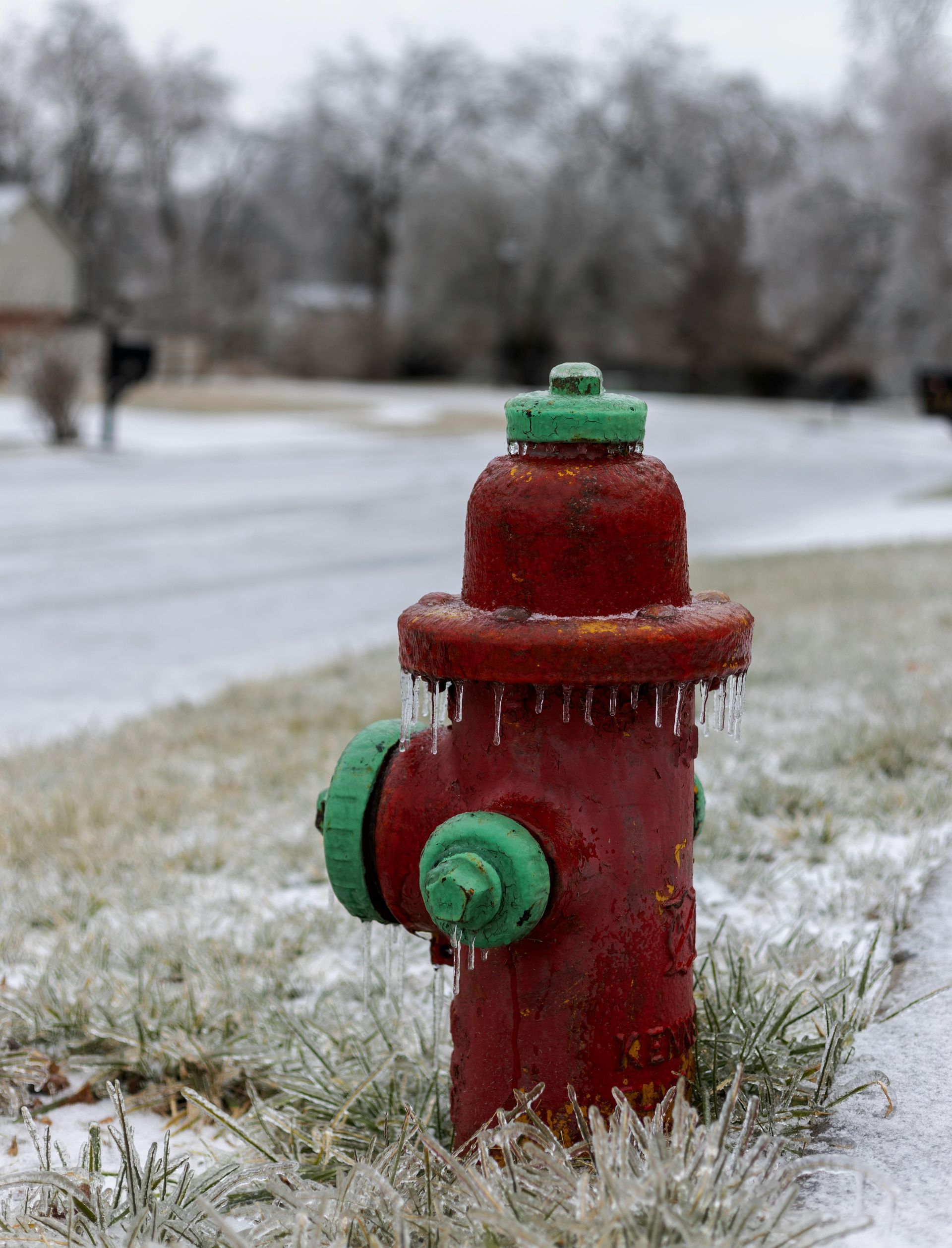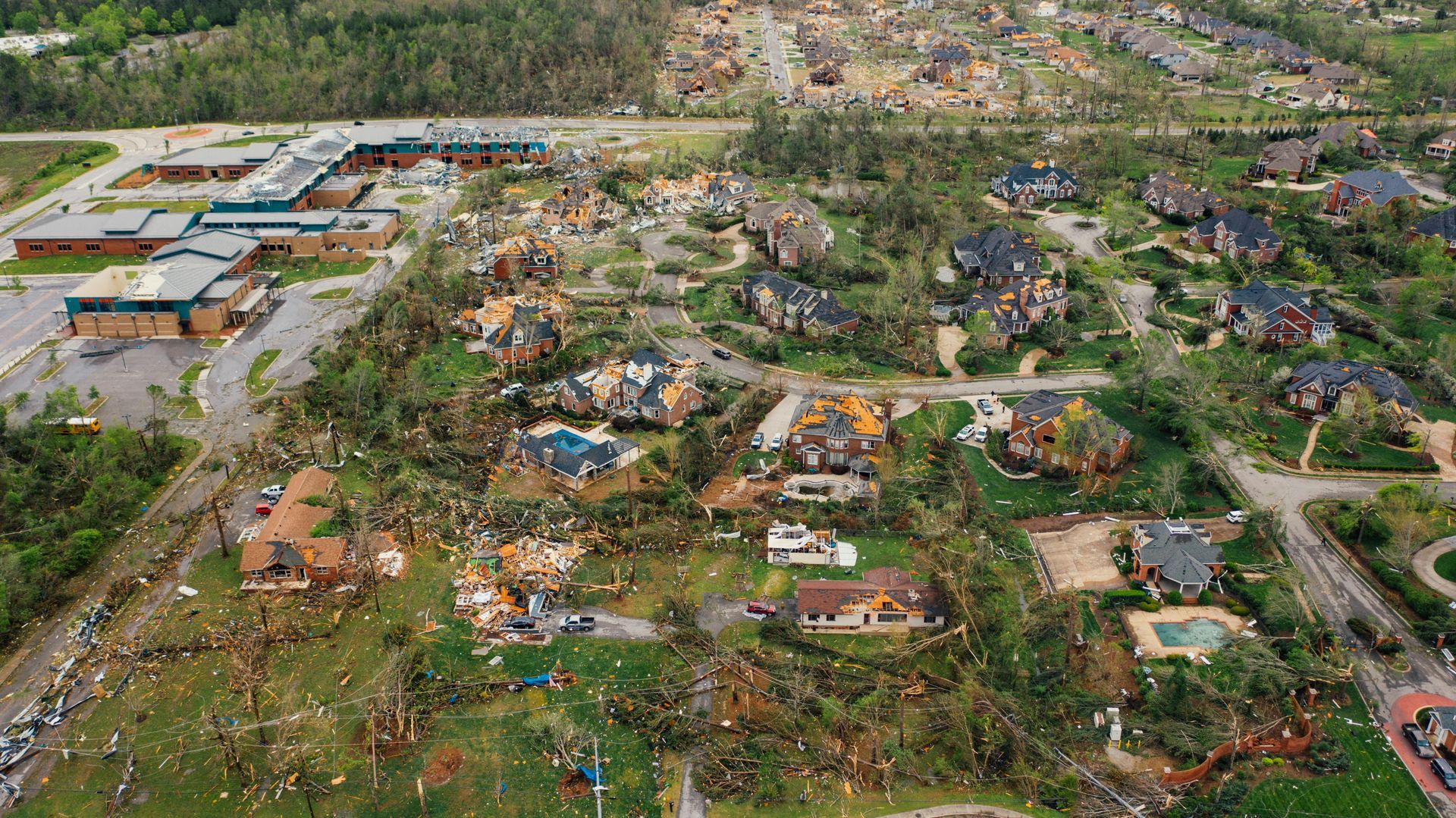Understanding Insurance Claims
When disaster strikes—whether it’s a hurricane, flood, fire, or other calamity—your insurance policy becomes your safety net. However, navigating the insurance claims process can be daunting, especially in the aftermath of a traumatic event. Understanding how to maximize your coverage ensures you get the support you need to recover effectively. This guide will walk you through the essential steps of the claims process, common pitfalls, and tips for making the most out of your insurance coverage.
Why Understanding Your Insurance Policy Matters
Before disaster strikes, one of the most critical steps in ensuring a successful claims process is understanding your insurance policy. Think of your policy as a contract: it defines what is covered, what is excluded, and the process for filing a claim.
Key Components to Review
- Coverage Types: Does your policy cover damages from floods, hurricanes, or earthquakes? These are often separate policies or endorsements.
- Deductibles: Know the amount you’ll need to pay out of pocket before coverage kicks in.
- Policy Limits: Understand the maximum amount your insurer will pay for specific damages.
- Exclusions: Familiarize yourself with what’s not covered to avoid surprises when filing a claim.
- Additional Living Expenses (ALE): Check if your policy includes coverage for temporary housing or related costs if your home becomes uninhabitable.
By reviewing these components, you’ll be better prepared to take full advantage of your coverage.
Step 1: Act Immediately After a Disaster
Time is of the essence when it comes to filing insurance claims. Many policies require you to report damages promptly. Acting quickly not only speeds up your recovery process but also minimizes disputes with your insurer.
What to Do Immediately
- Ensure Safety First: Before assessing damage, make sure your family and property are safe. Avoid entering structurally unsound buildings.
- Document the Damage: Take clear, comprehensive photos and videos of all affected areas and items. Capture the extent of the damage from multiple angles.
- Prevent Further Damage: Insurers often require you to mitigate additional losses. For example, cover broken windows or tarpaulin a damaged roof to prevent water intrusion.
- Contact Your Insurer: Notify your insurance company as soon as possible. They may provide guidance on next steps or recommend approved contractors.
Step 2: File Your Claim Correctly
Filing a claim is a formal process that involves providing your insurer with the necessary documentation to process your request for coverage. Attention to detail here can significantly affect your payout.
Steps for Filing a Claim
- Complete the Claim Form: Fill out your insurer’s claim form accurately and provide all requested information.
- Provide Supporting Evidence: Include photos, videos, and a detailed inventory of damaged items. For lost or destroyed belongings, list their approximate value and purchase date.
- Request a Copy of Your Policy: If you don’t already have one, request a copy to confirm the terms of your coverage.
- Stay Organized: Keep copies of all correspondence, including emails, letters, and phone call notes, for future reference.
Step 3: Work with the Insurance Adjuster
Once your claim is submitted, an insurance adjuster will assess the damages. Their evaluation plays a significant role in determining your payout. Understanding their role and maintaining clear communication is crucial.
Tips for Working with an Adjuster
- Be Present During the Inspection: Walk the adjuster through your property to ensure they see all the damages.
- Provide Evidence: Share your documentation, including photos, receipts, and repair estimates.
- Ask Questions: Don’t hesitate to ask for clarification about their assessment or the claims process.
- Follow Up: Stay proactive by checking on the status of your claim and addressing any delays.
Step 4: Negotiate If Necessary
If your insurer’s initial settlement offer is lower than expected, don’t be afraid to negotiate. Policyholders often accept the first offer without realizing they have the right to dispute it.
How to Negotiate a Settlement
- Review the Adjuster’s Report: Compare their findings with your own documentation.
- Provide Additional Evidence: If you notice discrepancies, share photos or receipts to support your case.
- Seek a Second Opinion: Consider hiring a public adjuster or contractor to provide an independent assessment of the damages.
- Know Your Rights: Familiarize yourself with your policy and state laws regarding insurance claims.
Common Mistakes to Avoid
To ensure a smooth claims process and maximize your coverage, steer clear of these common mistakes:
- Delaying Your Claim: Waiting too long to file can lead to claim denial.
- Throwing Away Damaged Items Too Soon: Keep damaged items until the adjuster has inspected them.
- Accepting Lowball Offers: Always review settlement offers carefully and negotiate if needed.
- Ignoring Exclusions: Failing to understand your policy’s exclusions can lead to denied claims.
- Lack of Documentation: Insufficient evidence can weaken your claim.
Maximizing Your Coverage
Making the most out of your insurance policy isn’t just about filing a claim—it’s about ensuring you’ve prepared ahead of time and taken proactive steps to mitigate losses.
Proactive Steps for Success
- Conduct a Home Inventory: Regularly update a list of your belongings, including photos and receipts. This will streamline the claims process.
- Understand Policy Updates: Review your policy annually and adjust coverage based on new purchases, home improvements, or changes in risk.
- Invest in Risk Mitigation: Insurers may offer discounts for proactive measures, such as installing storm shutters or upgrading to a fire-resistant roof.
When to Seek Professional Help
Sometimes, navigating the claims process becomes overwhelming. In such cases, consider hiring professionals to help you:
- Public Adjusters: These experts work on your behalf to negotiate with the insurer and maximize your settlement.
- Restoration Companies: Trusted companies like Disaster South can not only repair damages but also assist with the claims process, ensuring every detail is addressed.
- Legal Counsel: If disputes escalate, a lawyer specializing in insurance claims can help protect your rights.
The Role of Disaster South in Recovery
At Disaster South, we understand how challenging the insurance claims process can be. That’s why we’re here to guide you every step of the way. From assessing damages to documenting evidence and coordinating with your insurance company, our team provides the expertise you need to recover efficiently.
Take Control of Your Insurance Coverage
Understanding your insurance policy and the claims process is your first line of defense against unexpected disasters. By knowing your coverage, acting promptly, and advocating for yourself, you can ensure you receive the support you’re entitled to.
At Disaster South, we don’t just restore properties—we restore lives. Contact us today to learn more about how we can assist with disaster recovery and help you get the most out of your insurance coverage. Together, we’ll make the road to recovery smoother and more manageable.









